Molecular microbial Identification
Molecular methods used to identify microbes from various isolates offer highly sensitive, specific, and fast alternatives to conventional phenotypic detection methods.
Applications
Molecular identification techniques include analysis of 16s /18s/26s ribosomal DNA (rDNA) and internal transcribed spacer (ITS) region by PCR amplification methods e.g., conventional PCR, broad-range 16S rDNA PCR, quantitative PCR (qPCR), and multiplex PCR. Based on your research question, DNA sequencing may provide you with higher resolution results for molecular microbial identification e.g., Sanger sequencing and targeted-amplicon sequencing.
What exactly do we provide?
- Direct detection and identification of bacterial, fungal, viral strains in various biological specimens and grown in culture.
- Characterization of microorganisms beyond basic identification e.g., detection of virulence genes and antibiotic resistant genes
- Strain typing
- Molecular detection of microbial contamination of food.
- Quantitation of infectious agent burden in various biological specimens
Sample acceptance/rejection criteria
Accepted samples include tissue samples, blood, infected cells, microbial colonies, food samples, swabs, extracted microbial DNA and/or DNA
- Important note: sample collection and storage techniques have a great impact on the integrity of nucleic acid in your samples and are the sole responsibility of the researcher. Samples for RNA-based assays will be only accepted if stored in RNA later solution and at -80°C or in liquid nitrogen as applicable. If samples have been stored properly, RNA later or dry ice may be provided by Nawah sample transport upon the researcher’s request at an additional cost.
Output/deliverables
- Conventional PCR and horizontal electrophoresis: Images of DNA agarose gels in TIFF or JPEG file format.
- Quantitative PCR (qPCR): absolute quantity of target nucleic acid in the sample, qPCR amplification curves and cycle threshold (Ct) values.
- Multiplex PCR: Identified microbial genera and/or species depending on the test kit and primers used
- DNA sequencing: Raw sequence data, chromatogram file, analyzed and annotated sequence data, microorganism identification according to closest strain ITS sequence
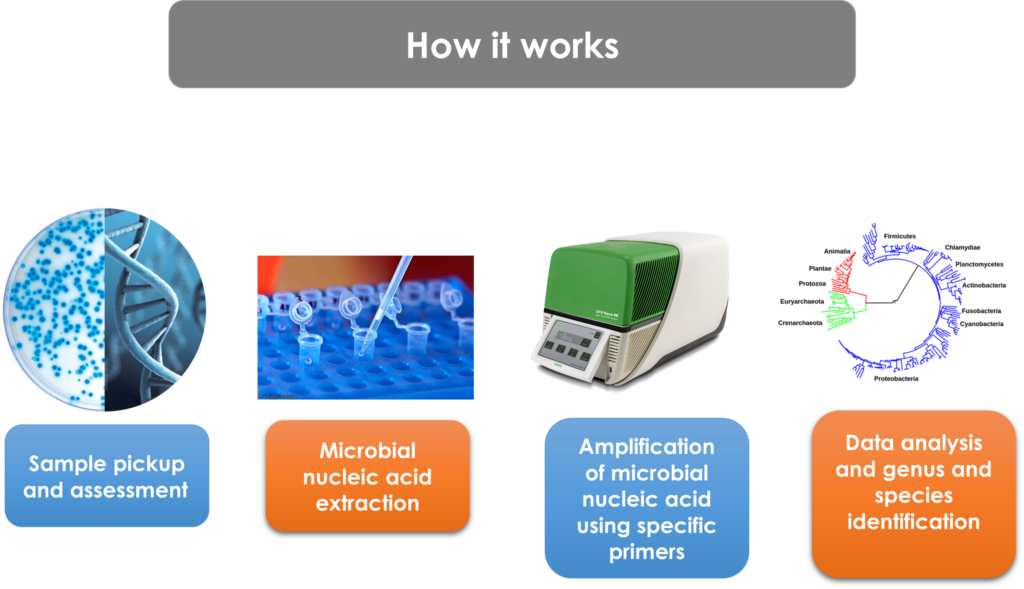
You can also check our other services:
1- ChemiDoc Imaging
2- Quantitative PCR services (qPCR)
3- MicroRNA extraction & quantification
4- Conventional PCR services
5- Western Blotting
6- PCR primer design and validation


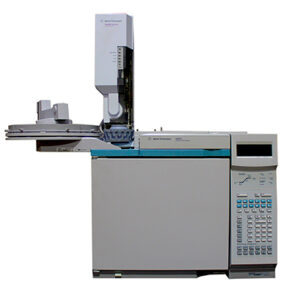
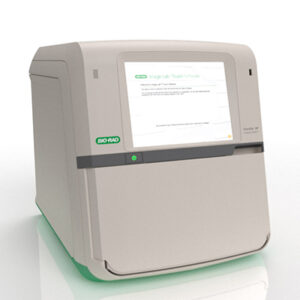
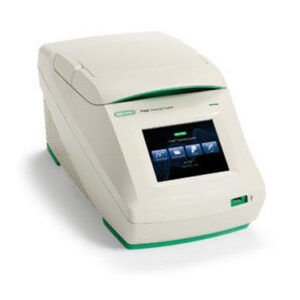
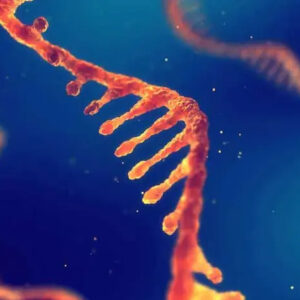

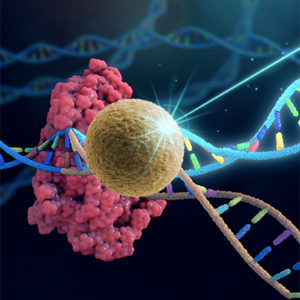
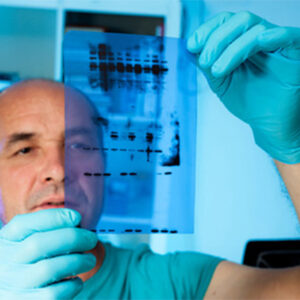
Reviews
There are no reviews yet.